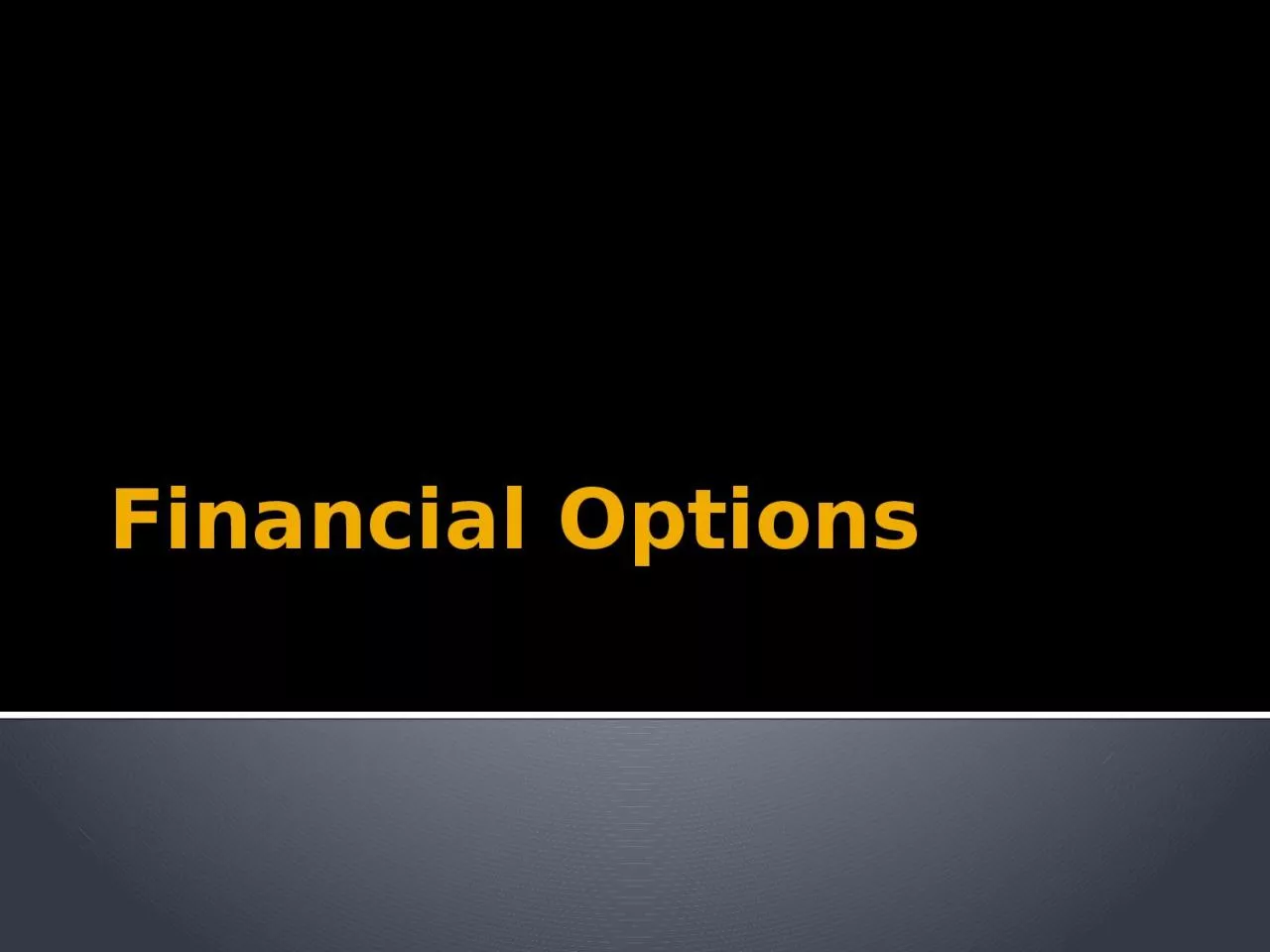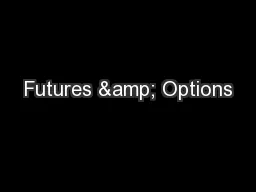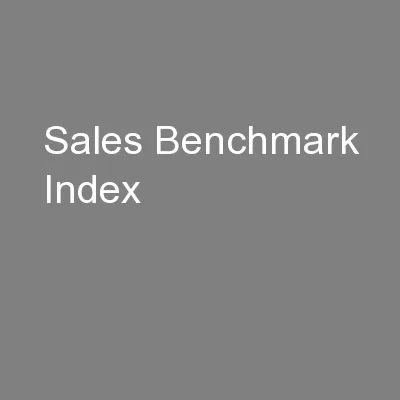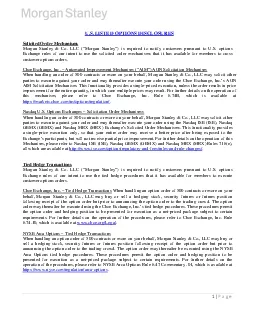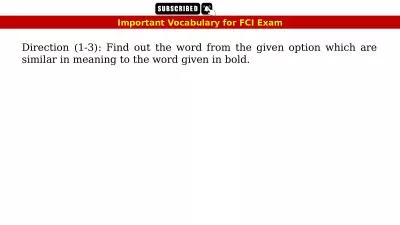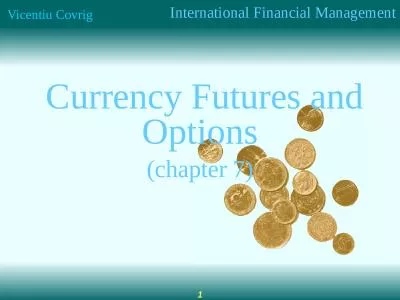PPT-Financial Options Option
Author : walsh | Published Date : 2023-06-25
Basics Financial Option A contract that gives its owner the right but not the obligation to purchase or sell an asset at a fixed price as some future date Call Option
Presentation Embed Code
Download Presentation
Download Presentation The PPT/PDF document "Financial Options Option" is the property of its rightful owner. Permission is granted to download and print the materials on this website for personal, non-commercial use only, and to display it on your personal computer provided you do not modify the materials and that you retain all copyright notices contained in the materials. By downloading content from our website, you accept the terms of this agreement.
Financial Options Option: Transcript
Download Rules Of Document
"Financial Options Option"The content belongs to its owner. You may download and print it for personal use, without modification, and keep all copyright notices. By downloading, you agree to these terms.
Related Documents

